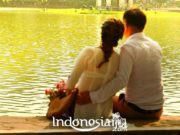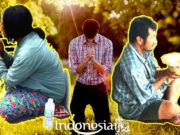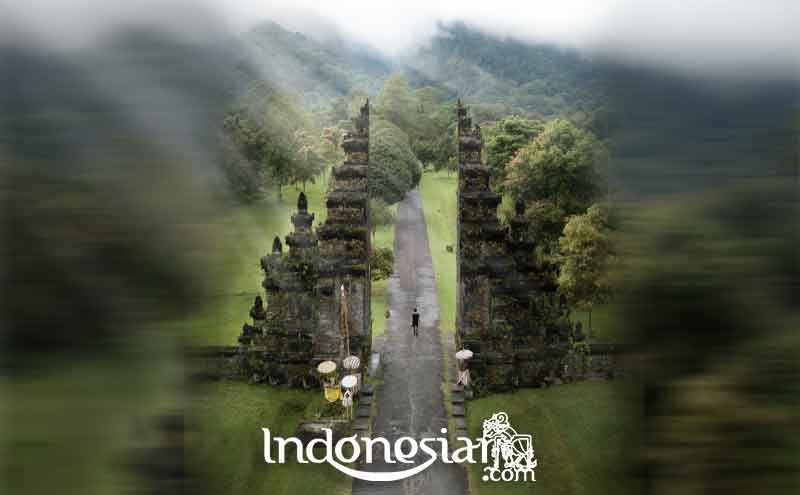Indonesia has a variety of areas with historical value. One of them is the Muarojambi Temple cultural heritage area. After four months of being closed due to the Coronavirus disease 2019 (Covid-19) pandemic, finally on July 18, 2020 the cultural tourism area was reopened to travelers.
The reopening of the Muarojambi temple cultural heritage area is based on a decree from the Regent of Muarojambi, as chairman of the Covid-19 Task Force in Muarojambi Regency. The opening of leading tourist destinations in Jambi is based on survey results and verification by the task force team.
The Muarojambi Temple management has implemented strict health protocols, including providing facilities for washing hands at several points around the temple area and making physical distancing signs for visitors. Not to forget that the manager also made an appeal to always use masks for visitors as part of the health protocol in the midst of the ongoing pandemic outbreak.
The management of the Muarojambi Buddhist Temple area which is estimated to have been built by the Sriwijaya Kingdom in the 7–12 AD century refers to the health protocol rules of the Muarojambi Regency Government and the Joint Decree (SKB) of the Ministry of Education and Culture with the Ministry of Tourism and Creative Economy
The Corona outbreak has indeed made a number of tourist locations closed to break the chain of transmission. The impact has decreased the number of visitors. Prior to the Covid-19 pandemic, tourist visits to Jambi in January – March 2020 reached 669 people, far down from around 1,900 people in the same period last year.
Apart from the Muarojambi Temple area, there are a number of other favorite tourist attractions in Jambi, including the Kerinci Seblat National Park (TNKS), the Siginjai Museum, the Struggle Museum, the Gentala Museum, the Cultural Park, and the climbing of Mount Kerinci.
The Regent of Muarojambi Masnah said that the opening of the Muarojambi Temple tourist attraction is one of the images that productivity continues to run amid the Covid-19 pandemic by complying with health protocols.
Apart from Muarojambi Temple, there are also other tourist attractions, namely Jambi Paradise and Citra Raya City and Lake Tangkas which have also started operating since last July. The local people are still creative in order to attract tourists to visit, since the government has adopted new habits. As has been done by the tourism driving community in Lubuk Penyengat. Dozens of giant weaver bird nests were deliberately displayed in the Lubuk Penyengat area in Baru Village, Maro Sebo District, Muarojambi Regency, Jambi Province.
“Yes, this is a bird’s nest, we can see from the spirit of the weaver bird building a nest, and we build enthusiasm. There is no root rattan,” said Ahmad Misran, one of the tourist activists in Lubuk Penyengat, Saturday (22/8/2020).
We hope that the weaver bird’s nest will become one of the attractions for tourists in the creative tourism area in Lubuk Penyengat. The manyar bird (Ploceus manyar) is an animal that is commonly found in Jambi. These flocks of birds like to live in forests, swamps and meadows.
The well-known species of the weaver bird in Indonesia are the combat weaver, the crested weaver, and the golden weaver. The beak of the weaver is brown to black.
Weaver birds like to live in groups. One group consists of 300 pairs of birds. This species has unique habits. Flocks of birds help each other as they make nests which are collected from the grass around their dwellings. This weaver’s nest can weigh up to 1 ton. These nests are displayed in Lubuk Penyengat.
Misran said the tourism driving community continued to maintain enthusiasm even though tourist visits were paralyzed due to the closure of Muarojambi Temple during the Covid-19 pandemic, which impacted tourist activities there which also stopped.
In addition, they also combine thematic tourist locations with culinary snacks typical of the area. An outdoor discussion corner has also been prepared in the area.
The community also produces souvenirs for visitors made by local youths such as miniature Muarojambi Temple, Jambi traditional house, rice barns, oath bracelets, and several other souvenirs.
“We synergize all the potential that we have here, including the traditions and specialties of this village,” said Ahmad Misran.
The Lubuk Penyengat area is about 12 kilometers from Jambi City which can be reached by a 20-minute drive. Before entering the Muarojambi Temple area, visitors will find a signpost to the left to go to the Lubuk Penyengat area.
Come on, visit Indonesia and get interesting information from Indonesir.com to add to your insight about Indonesia.
































